
A group of Montagnard warriors (the general name for indigenous ethnic groups living in the Central region). The photo was captured through the lens of Pierre Dieulefils (1862-1937) - a French photographer who came to Indochina in 1885. His years in the French army gave him the opportunity to travel everywhere, then he turned to become a professional photographer and postcard publisher. He had many precious moments in both the North and South of Vietnam, which were printed in many photo books later.
The photo was published in "Vietnam Cultural History Outline" - a famous book by scholar Dao Duy Anh (1904-1988), reprinted in July with hardcover. The book was first published in 1938 and is considered the first comprehensive and systematic history of Vietnamese culture from its beginnings to 1938. The work became the first scientific work laying the foundation for the formation of modern Vietnamese cultural studies.

"Thai people in Thanh Hoa hunting tigers" is a photo that Pierre Dieulefils introduced in the book "Beautiful and Magnificent Indochina" - the work that won him a gold medal at the International Exhibition in Brussels, Belgium in 1910.

Thai people drink rice wine after catching a tiger. In addition to the large profits from publishing postcards, Pierre Dieulefils is also recognized as a famous visual historian of the Indochina region.

A group of Man people in Cam Duong, Lao Cai, captured by a photographer in the late 19th century.

A Hmong mother in the northern border and her two children.

A family in the North in the late 19th century. During this period, the five-panel ao dai was popular. The costume consisted of two pieces of fabric sewn together into a front panel in a discreet style. The four outer panels symbolized the four parents: one's own parents and the parents of the loved one, the fifth panel represented the wearer. The ao dai always had five buttons, representing human morality: humanity, righteousness, propriety, wisdom, and trustworthiness.

The mandarins of the Nguyen Dynasty in Hue wore court uniforms. The mandarins' ao dai were often embroidered or woven with images of phoenixes, bats, the sun, gourds, and eight precious things, and were colorful, with a silk lining inside. In autumn and winter, the ao dai were made of brocade, and in spring and summer, they were made of silk or satin. Because the dyes faded easily, the ao dai were not washed, but were dried in the sun a few times a year, then scented with aloeswood and placed in a wooden box. Inside, the wearer wore a white lining ao dai for easy washing.

A Southern theater troupe in the early 20th century. During this period, Saigon and the six southern provinces had many traveling theater troupes. The characteristic of the plays of this period was that they were half-opera, half-drama, dressed in ancient costumes and armor, but sung, spoken, and performed in a modern way that was easy to remember and listen to.
Photo: Pierre Dieulefils
(excerpt from the book Outline of Vietnamese Cultural History)
Source VNE
Source


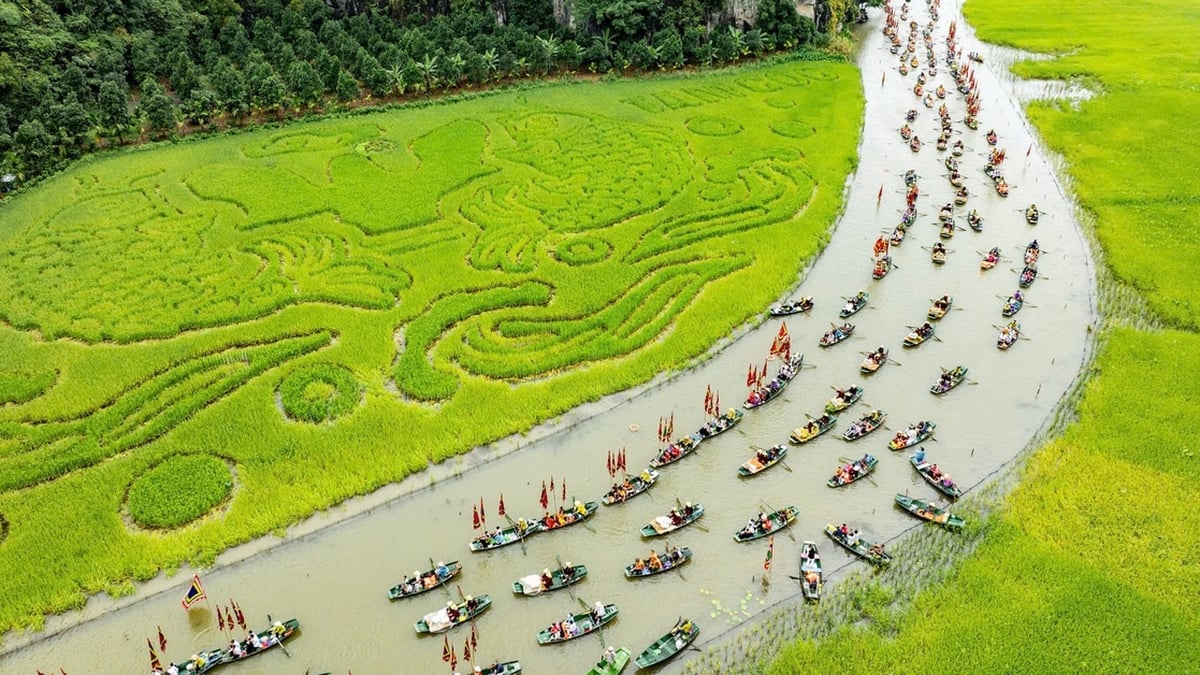
![[Photo] Vice President Vo Thi Anh Xuan, French President Emmanuel Macron and his wife visit Hanoi University of Science and Technology](https://vphoto.vietnam.vn/thumb/1200x675/vietnam/resource/IMAGE/2025/5/27/267b6f2bdf3e46439f081b49f6ec26b1)


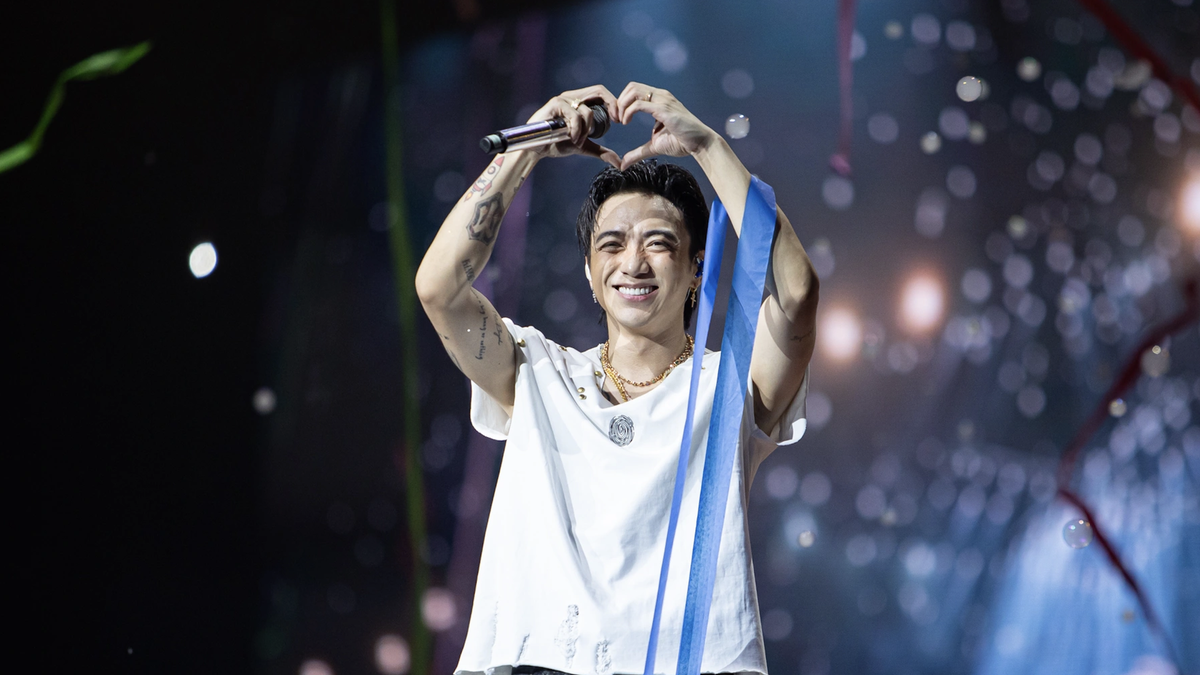
![[Photo] Hungarian President begins official visit to Vietnam](https://vphoto.vietnam.vn/thumb/1200x675/vietnam/resource/IMAGE/2025/5/27/ab75a654c6934572a4f1a566ac63ce82)
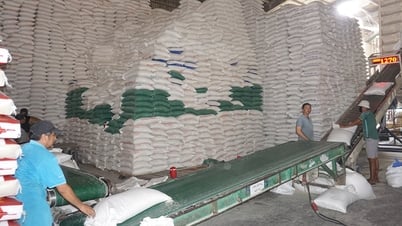

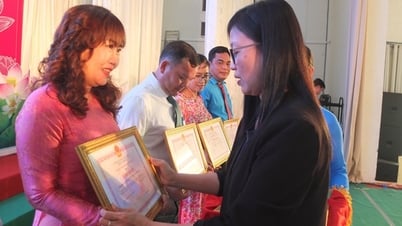

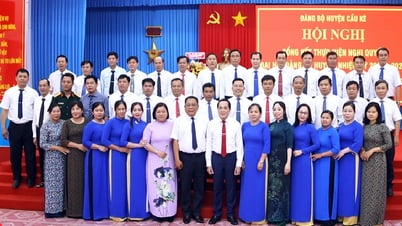




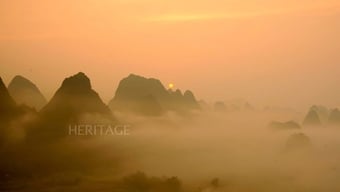
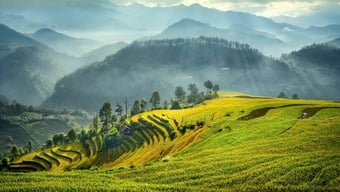

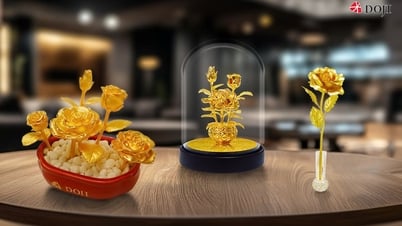
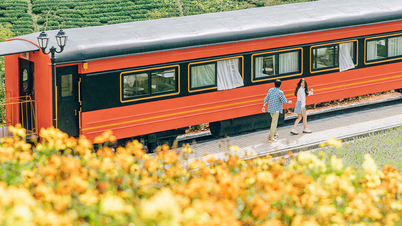

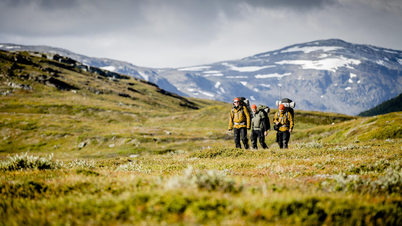
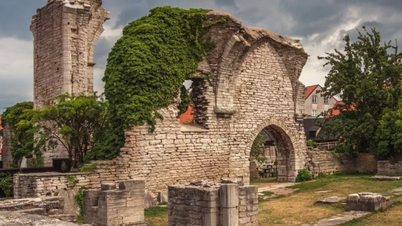
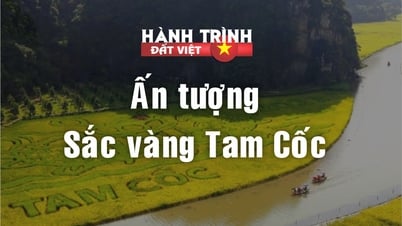

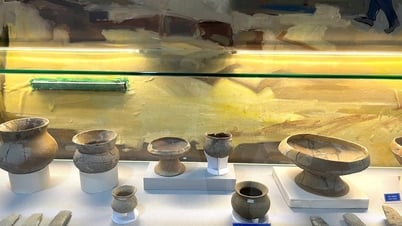



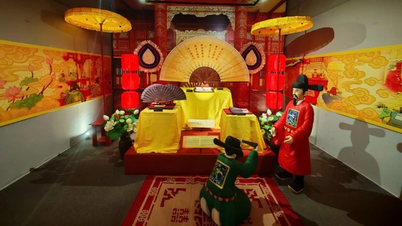

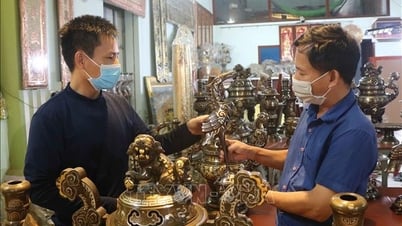
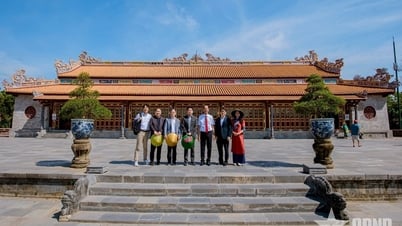



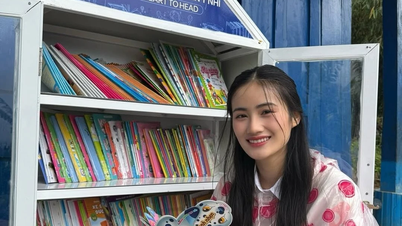

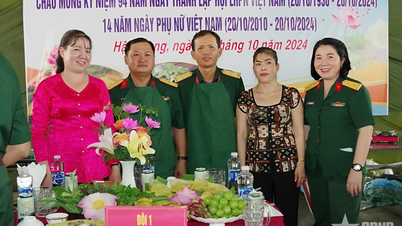
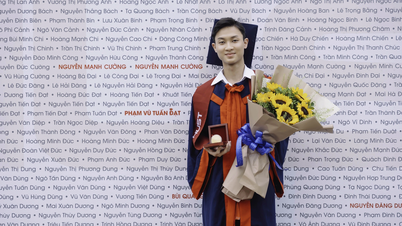

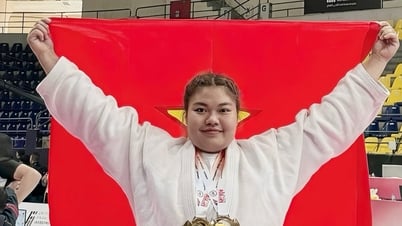

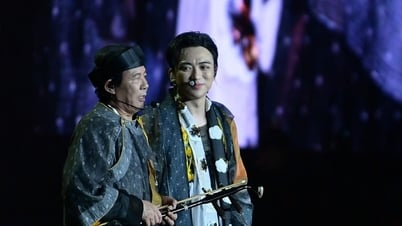








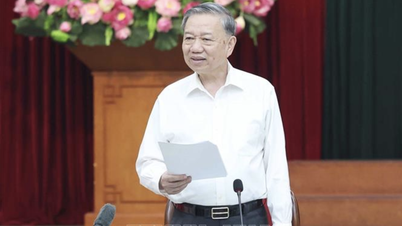
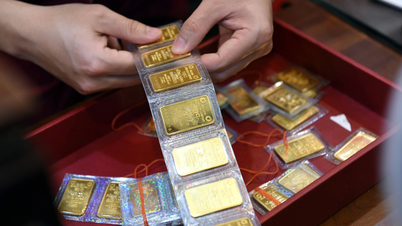
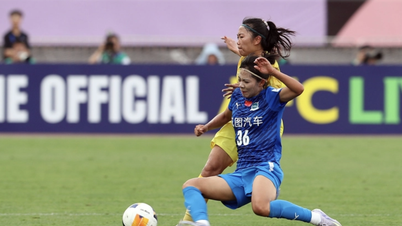








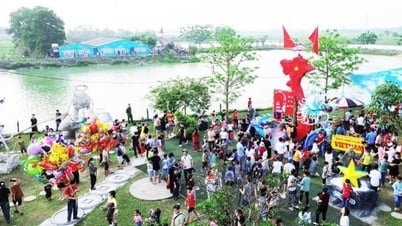







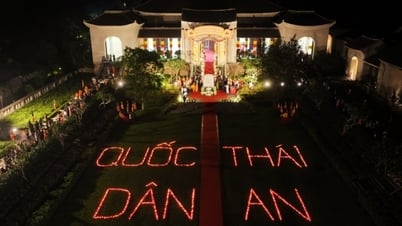



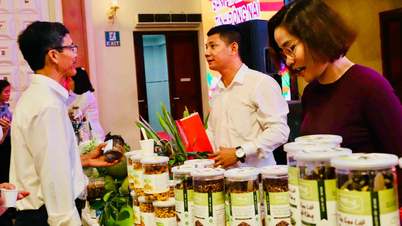

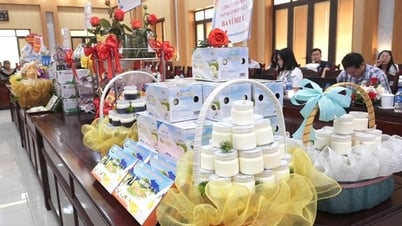



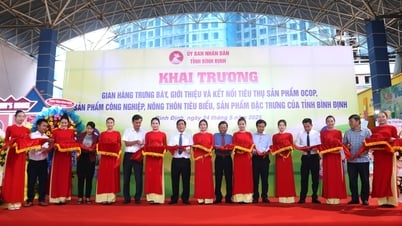

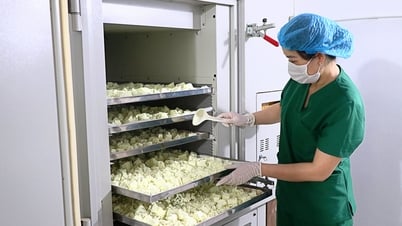

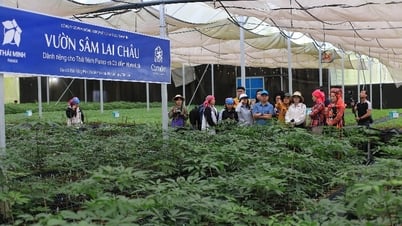

Comment (0)